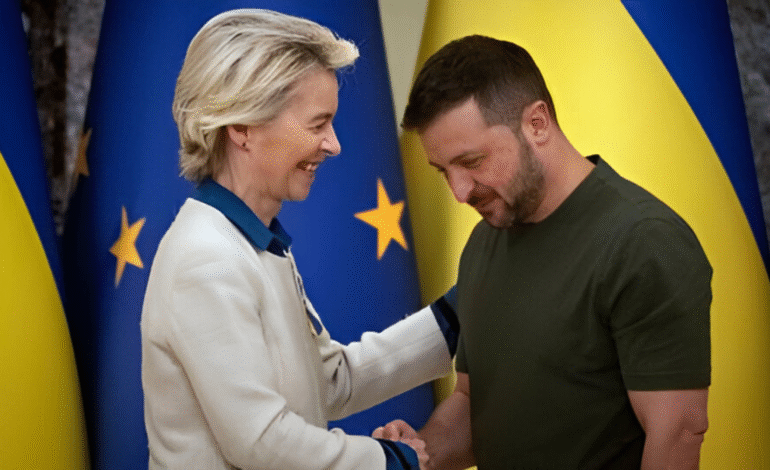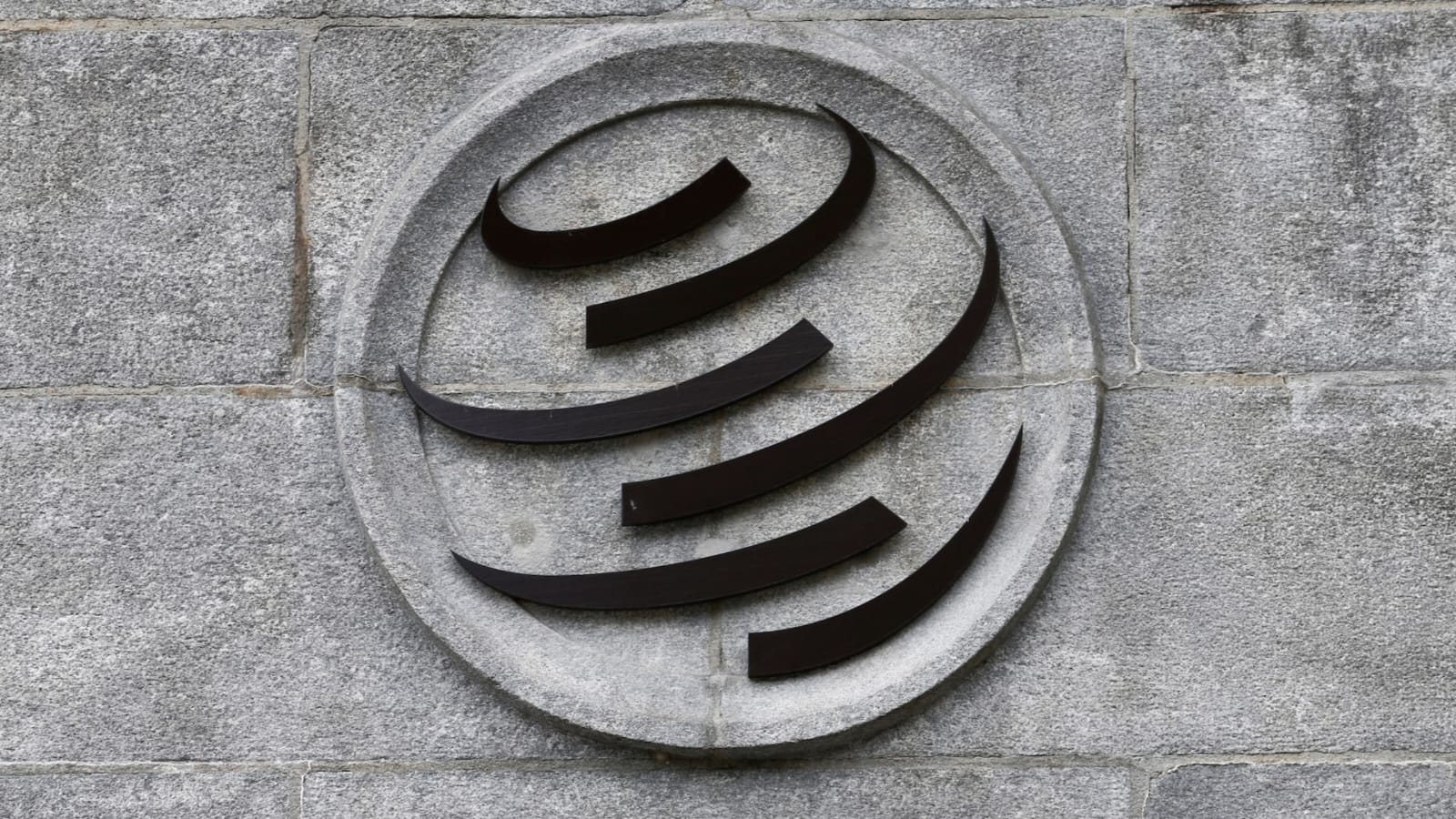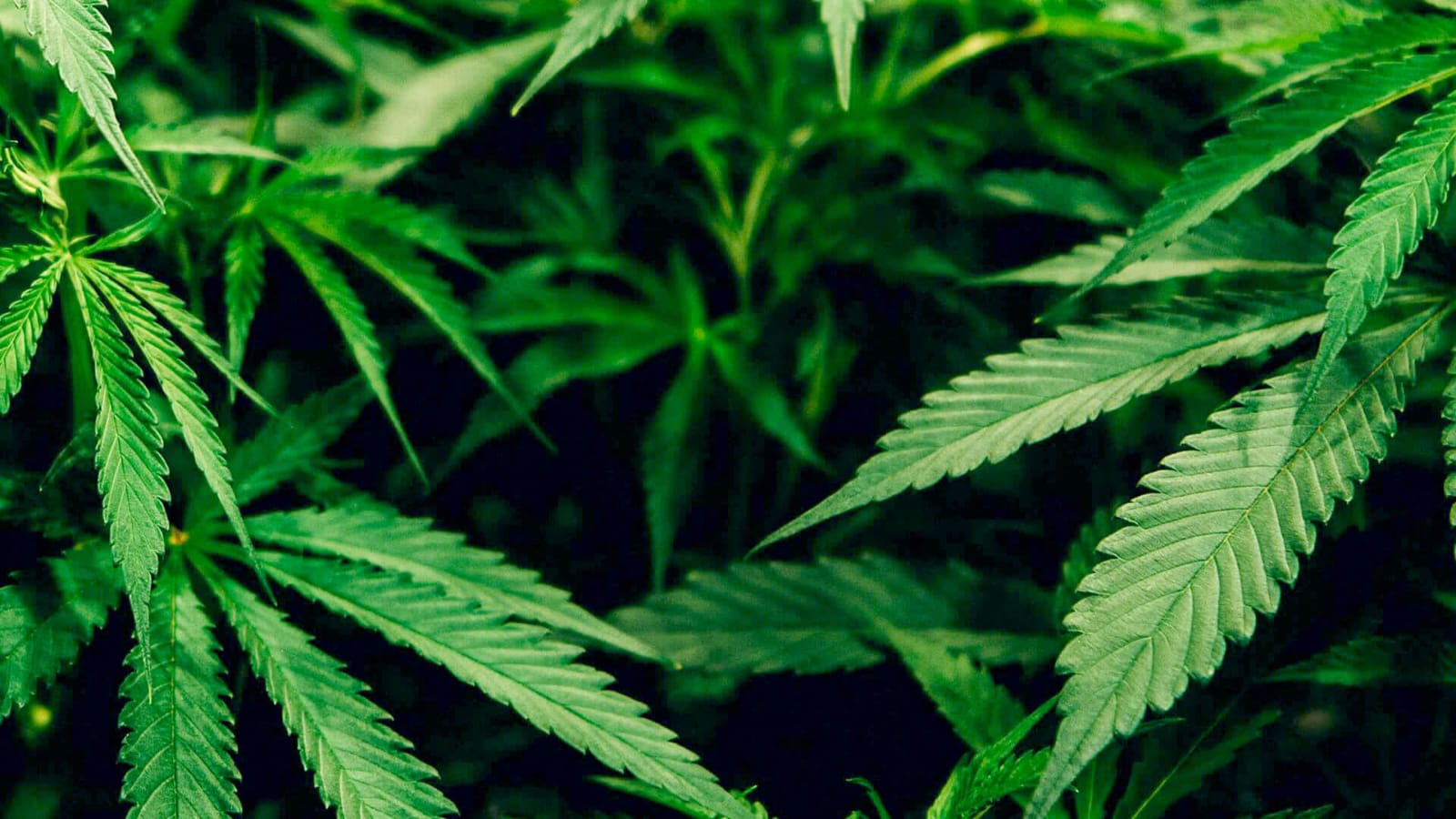EU, Ukraine Seal Balanced Long-Term Trade Agreement

The European Union and Ukraine have reached an agreement in principle on a revised Deep and Comprehensive Free Trade Area (DCFTA), a major step forward in their ongoing economic partnership. This renewed trade framework will replace the temporary Autonomous Trade Measures (ATMs) that have governed trade between the two partners since 2022. With a focus on mutual stability, market transparency, and long-term growth, this new deal seeks to balance Ukraine’s integration into the EU market with the protection of sensitive European agriculture sectors.
Stronger Ties Through a Predictable and Reciprocal Agreement
The agreement was announced by the European Commission following intense negotiations over the weekend with Ukrainian officials. European Commission President Ursula von der Leyen emphasized the strategic nature of the agreement, saying, “Ukraine’s place is in the family. We remain committed to a path of mutual growth and stability.”
EU Trade Commissioner Maroš Šefčovič highlighted that the agreement brings a “long-term, predictable and reciprocal framework” for both parties. The revised DCFTA is designed to be balanced and fair, enabling both EU and Ukrainian farmers, exporters, and markets to benefit while minimizing disruptions.
Context: From Wartime Flexibility to Strategic Partnership
Since Russia’s full-scale invasion of Ukraine in 2022, trade between Ukraine and the EU has been regulated by the Autonomous Trade Measures. These measures eliminated all tariffs and quotas on Ukrainian agricultural exports, providing essential access to European markets during a time of crisis. Commodities such as grain, maize, poultry, and eggs flowed freely into the EU, allowing Ukraine’s farming sector to stay afloat despite the conflict.
However, while ATMs were seen as a lifeline for Ukraine, they also stirred controversy across parts of Europe. Countries like Poland and France expressed concern about market disruptions caused by increased Ukrainian imports. Farmers protested in several EU states, citing falling prices and increased competition.
The Shift to a Sustainable and Balanced Trade Deal
The newly agreed trade framework is less expansive than the temporary ATMs, but it reflects a carefully considered compromise. According to Agriculture Commissioner Christophe Hansen, the revised DCFTA “strikes the right balance between supporting Ukraine’s trade with the Union and addressing the sensitivities of a number of EU agriculture sectors.”
While the full text of the agreement has yet to be published, several key components have been made public. These provisions aim to create a structured, transparent, and mutually beneficial trade environment, preparing Ukraine for deeper integration with the EU.
Aligning Ukraine’s Agricultural Standards with the EU
A significant element of the new agreement is Ukraine’s commitment to align its agricultural production and food safety standards with those of the EU by 2028. This includes adherence to strict guidelines on animal welfare, pesticide use, and hygiene in food processing.
This alignment will help facilitate long-term cooperation and ensure that Ukrainian goods meet EU market expectations. At the same time, it sets a clear path for Ukraine’s future accession to the EU, supporting regulatory convergence and competitive parity.
Introduction of Safeguards for EU Member States
To protect its own agricultural sector, the European Union will implement robust safeguard mechanisms. These tools are intended to prevent excessive market disruptions caused by sudden surges in Ukrainian imports. If imports threaten either EU-wide or individual member state economies, the safeguards can be activated to temporarily limit trade in specific products.
This approach ensures that while trade remains open and beneficial, it does not jeopardize the livelihoods of EU farmers. It also reflects the EU’s responsiveness to internal concerns about food security and market fairness.
New Quotas Reflect Pragmatism and Market Realities
Unlike the ATMs, which allowed unlimited duty-free exports from Ukraine, the new agreement introduces calibrated quotas. For sensitive products like sugar, wheat, and eggs, quotas will be expanded but kept below the levels seen during the ATM period.
On the other hand, less sensitive goods will see moderate quota increases. The EU based these decisions on historical data, past market disturbances, and the capacity of member states to absorb imports. This measured liberalization is designed to foster trade without triggering market instability.
Dairy products such as whole milk powder and fermented milk, as well as items like mushrooms and grape juice, will enjoy full liberalization. These goods were identified as low-risk and are expected to enhance consumer choice without harming EU producers.
Ukraine’s Reciprocal Commitments Enhance Market Access for EU Exporters
In addition to allowing more Ukrainian goods into the EU, the revised DCFTA includes concessions from Ukraine. Kyiv has agreed to significantly increase import quotas for EU pork, poultry, and sugar. Duties on several other EU products will be reduced or removed entirely.
This move is seen as a major step toward market symmetry. EU farmers and producers, particularly in border countries such as Romania, Hungary, and Slovakia, stand to benefit from improved access to Ukrainian markets.
These reciprocal arrangements ensure that the agreement supports two-way trade and deepens the economic interdependence of the EU and Ukraine.
Maintaining Market Stability While Enabling Growth
One of the key goals of the new DCFTA is to maintain market stability while fostering growth. The Commission emphasized that the quotas and safeguards were designed to create predictability, allowing businesses to plan and invest with confidence.
By restoring limits on trade in sensitive sectors, the EU hopes to prevent the kind of supply shocks that occurred during the ATM period. Meanwhile, increased access for selected goods on both sides will stimulate trade and encourage innovation.
This balance between caution and liberalization is at the heart of the revised trade agreement.
Moving Forward: Legislative Path and Implementation Timeline
Following the announcement of the agreement in principle, both parties are expected to finalize the technical details. The European Commission will submit the proposal to the Council of the European Union and the European Parliament in the coming days.
Once approved by the EU’s legislative bodies, the agreement will be formally adopted through the EU-Ukraine Association Committee. Implementation is expected to begin shortly after, marking the start of a more stable and structured phase of EU-Ukraine trade cooperation.
Ukraine’s parliament is also anticipated to ratify the agreement, demonstrating the country’s ongoing commitment to European alignment and economic reform.
A Constructive Step Toward EU Integration
The revised Deep and Comprehensive Free Trade Area agreement represents a pragmatic and forward-looking approach to EU-Ukraine relations. By transitioning from temporary crisis measures to a structured trade framework, the EU and Ukraine are demonstrating their shared commitment to stability, sustainability, and regulatory alignment.
With improved safeguards, market-sensitive quotas, and mutual concessions, the deal reflects the interests of both partners. It protects European farmers while offering Ukraine a long-term path toward deeper economic integration.
As Ukraine works to meet EU standards and as the EU opens up new opportunities for cooperation, the agreement serves not just as a trade pact, but as a symbol of shared values, trust, and strategic vision.
This development will likely play a crucial role in shaping the future of Ukraine’s economy and its relationship with Europe, offering a roadmap for cooperation built on transparency, balance, and mutual benefit.







